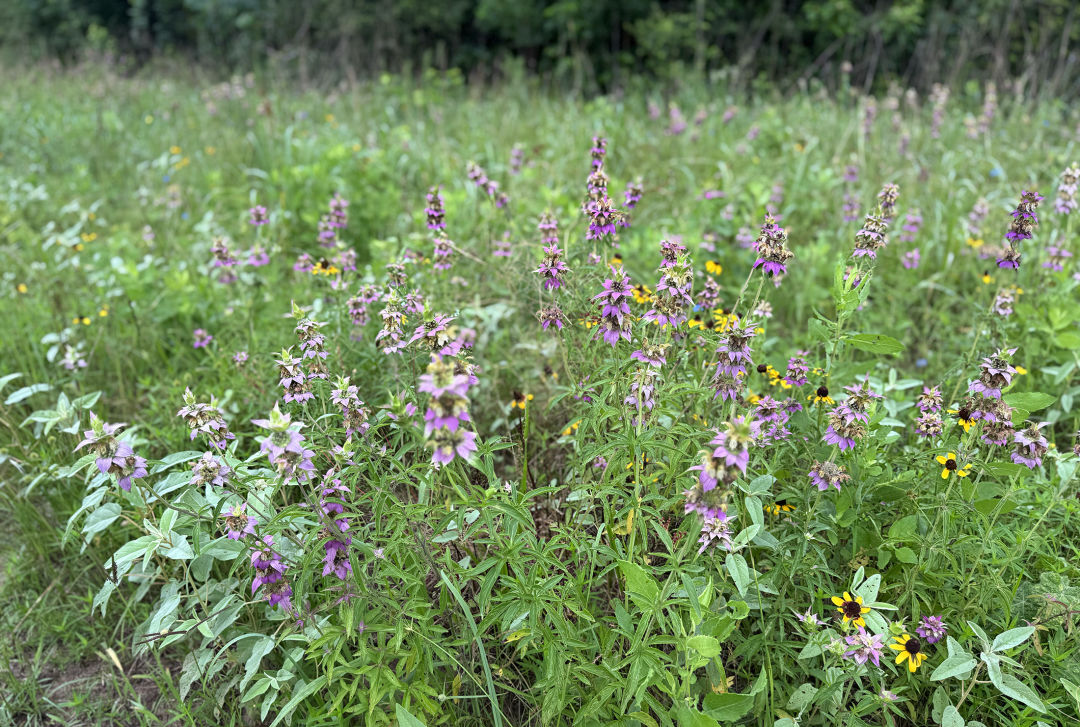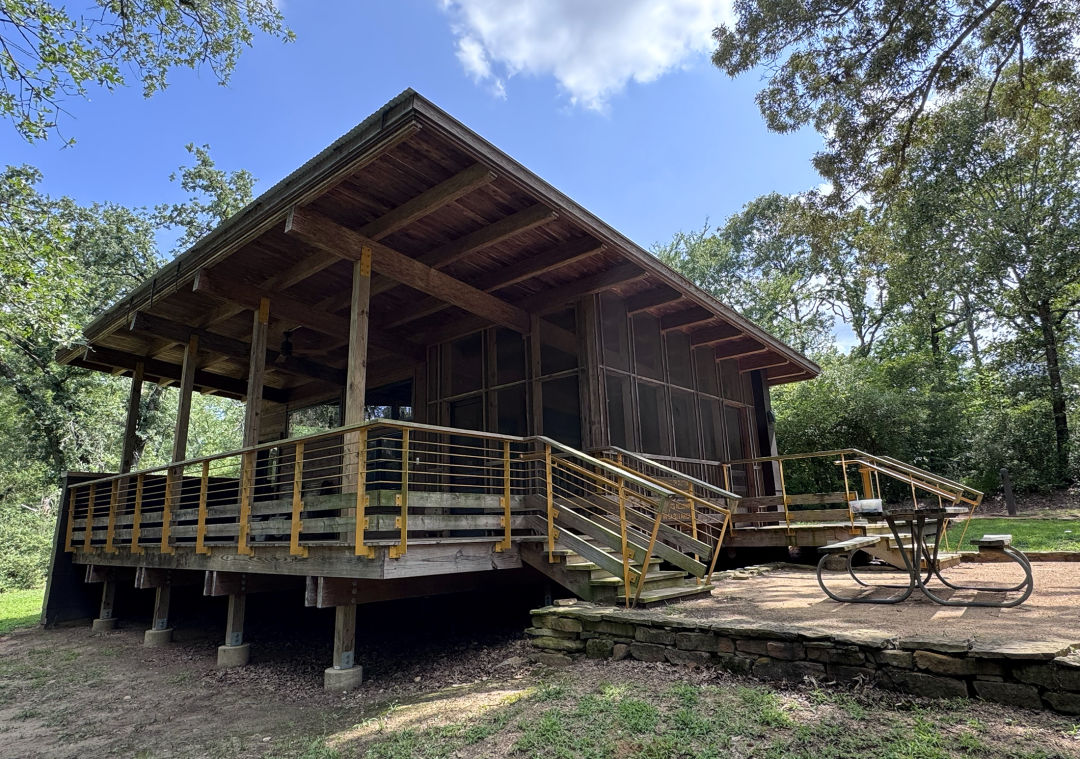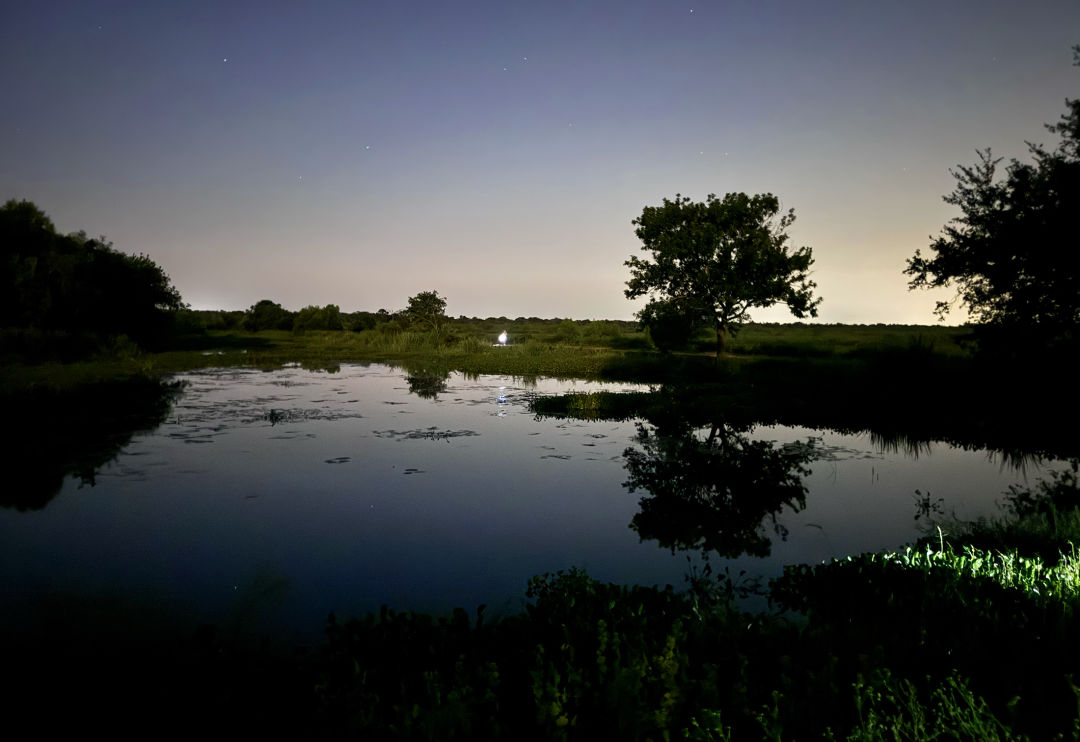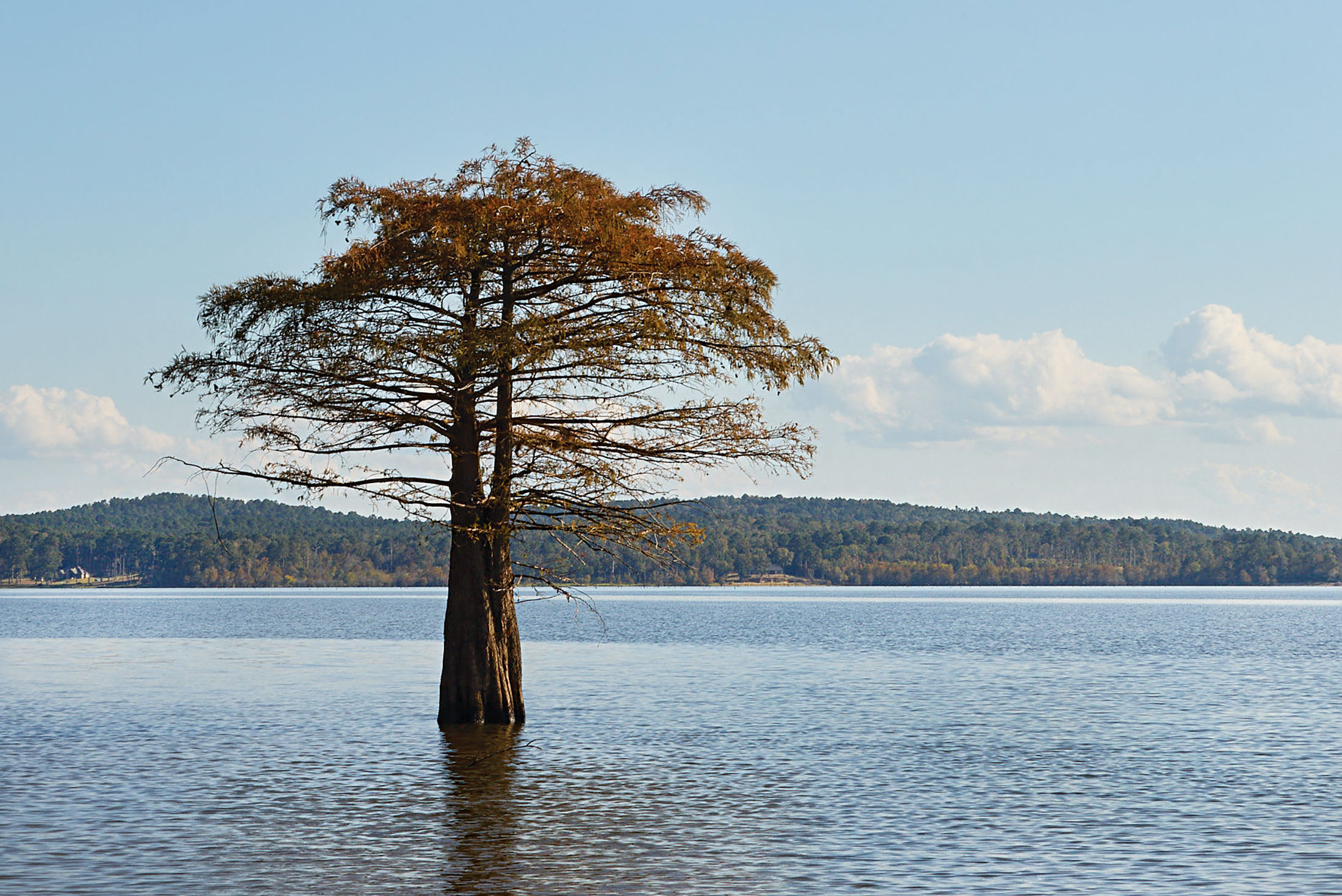Top 5 Texas State Parks Within 2 Hours of Houston

Image: Saba Khonsari
While other big cities in Texas are lauded for their proximity to nature, Houston is often dismissed as a freeway-choked concrete jungle, but its sprawl holds much more than suburbs and shopping centers. Inside the city limits, thousands of acres of parkland and green spaces thrive, and within a two-hour drive, about a dozen Texas State Parks showcase ecosystems ranging from bottomland prairie to Post Oak Savannah and wetlands—each offering a glimpse of the region’s natural richness.
The land also carries deep human history: Paleo-Indians lived along the Trinity River 12,000 years ago, followed by Native communities like the Keechi, Kickapoo, the Capoque band of the Karankawa, Atakapan-speaking peoples, and the Akokisa. Despite violent efforts to erase them, descendants such as the Karankawa Kadla endure, while European explorers like Cabeza de Vaca, who shipwrecked near Galveston in 1528, left their own imprint as Spanish colonization expanded along routes like what is now the El Camino Real de los Tejas National Historic Trail.
Today, visitors can experience both preservation and renewal, with restoration projects helping native plants and wildlife thrive across these landscapes. Timed visits during migration seasons reveal rare birds, while year-round opportunities for hiking, camping, and day trips make Houston’s surrounding parks an accessible escape into nature. Here are five of the best quick escapes where nature—not traffic—takes center stage.
Galveston Island State Park
For early risers, consider starting the day at Galveston Island State Park for Sunrise Fishing or a Magical Morning Paddle on the Bay. Experienced anglers can cast on either the bay or beachside and get their catches dinner-ready at the fish cleaning station. A fishing license isn’t needed for those fishing from shore. Amateurs can take advantage of frequent classes to learn the basics. Registration is required, and costs $5 for ages 13 and up (it’s free for those 12 and under).
While on the island, take advantage of the abundant water in one of Galveston’s several paddling trails. Friends of Galveston Island State Park offers free monthly morning paddles. Registration is required and opens seven days in advance, so be sure to sign up as soon as possible; with just 17 spots available, this activity tends to fill up quickly. “One of the best parts of the morning paddle is the sense of peace and isolation. It truly feels like civilization fades away,” says park ranger Regina Lillibridge, “the tall salt marsh grasses block the view of nearby houses, and you’re completely surrounded by nature. It’s such a refreshing and immersive experience.”
Paddlers can also spot black skimmer rookeries (a collection of nests) not far from the paddling trail. “It’s a real treat to see these striking birds skimming the surface of the bay for their breakfast right alongside our group,” she says.
For an overnight stay, Galveston Island State Park offers both beachside and bayside camping, as well as two lodges. The Ranch House is currently closed for renovations, but the three-bedroom, ADA-accessible Stuart House is available for $250 per night.
Lake Livingston State Park
Those who prefer a dip in a lake can head up north on US 59 into the Pineywoods of Lake Livingston. Towering loblolly pines offer a surprisingly forested retreat in this pocket of country where the East Texas Timber Belt meets the Post Oak Savannah. In addition to exploring on your own, park ranger Eric Rosenthal offers a packed events calendar, including snake presentations on Saturdays at 3pm, alligator presentations Sundays at 3pm, and day hikes along the Pineywoods Boardwalk Trail every Thursday at 1pm.
While extending your stay in one of the park’s campsites or screened shelters is an option, Lake Livingston is still great for a day trip. The straightforward lake offers a designated swimming area, but the water is deep, and, as a sign suggests, flotation devices, like inner tubes, are strongly recommended. And if you’re lucky, you might spot wildlife like white-tailed deer on your walk to the water.

Image: Saba Khonsari
Fort Boggy State Park
This Centerville park offers another idyllic lakeside weekend getaway and a peaceful backdrop for whatever activity you choose. The small 15-acre spring-fed Sullivan Lake, which could be a set for a Nicholas Sparks movie, is an ideal spot to swim, paddleboard, fish, or sit in quiet reverie as you listen to the endearing song of the Carolina wren.
A singular 1.5-mile loop, comprising the Campbell and Leon Prairie Trails, provides a pleasant walk that, in the summer, is rife with wildflowers. Park ranger Heather Mott offers an informative guided tour that includes anecdotes about how she became interested in the park’s flora through her grandson and fun facts about some of Fort Boggy’s most dynamic trees, including the ever-useful sweet gum, whose parts are edible. “The tree’s leaves also change color and make it stand out in the park during the fall and winter,” she says.
Staying a while? The temperature-controlled cabins, complete with a screened porch, a minifridge, and a coffee pot, are a delightful way to stay overnight in the park.

Image: Saba Khonsari
Sheldon Lake State Park
Up for more adventure? In less time than it takes to crawl through Galleria traffic, Houstonians can drive to Sheldon Lake State Park and Environmental Center. The 2,800-acre wildlife oasis offers free park entrance, ADA-accessible facilities and trails, and a myriad of engaging, educational events. An afternoon archery class can teach you the risks of dry firing and how to shoot an arrow. The park also allows fishing without a license from the boat or bank, paddling for all the canoe and kayak enthusiasts, and nature-watching opportunities for those intrigued by crawly critters, butterflies, birds, trees, and aquatic plants.
The space is also a testament to the positive impact of green building and dedicated restoration. Two decades of small-grass prairie restoration have helped return the land to native coastal prairie and wetland habitats.

Image: Saba Khonsari
Brazos Bend State Park
Stargazers and late-night enthusiasts, this one’s for you. Whether observing the constellations during one of George Observatory’s Saturday Stargazing events or touring the park on a Twilight Night Hike, Brazos Bend State Park’s 5,000-acre haven offers an opportunity to experience Houston nightlife in a whole new way.
Visit in August to swap out streetlights and the drone of traffic for fireflies and the chorus of cicadas. The walk around the 1.2-mile 40-Acre Lake Trail takes hikers through bottomland forest with sprawling live oaks, tallgrass prairie, and wetlands. But be on the lookout for other visitors—on a recent group hike, the guide’s strong torchlight illuminated an American alligator gliding through the waters.
With 37 miles of trails to explore on foot, by bike, or horseback, Brazos Bend offers seemingly endless ways to enjoy the park by day. The park also offers three accessible trails, including one designed for wheelchairs.
Regardless of the time of year, Brazos Bend’s guide, Jonathan Argo, says visitors can walk the same trail several times and have a totally different experience each time. “Whether it’s the booming blooms of flowers in spring, the droughts of summer, the comforting cool transformation of fall, or the frequent freezes that come with the winter winds, this park has many different masks it wears to suit whatever phase it finds itself in,” he said in a written statement. “No matter the extremes of the weather, the environmental impacts that the surrounding area endures, or the onslaught of invasive species, life finds a way to flood into this park and adapt to whatever challenges come forth.”




